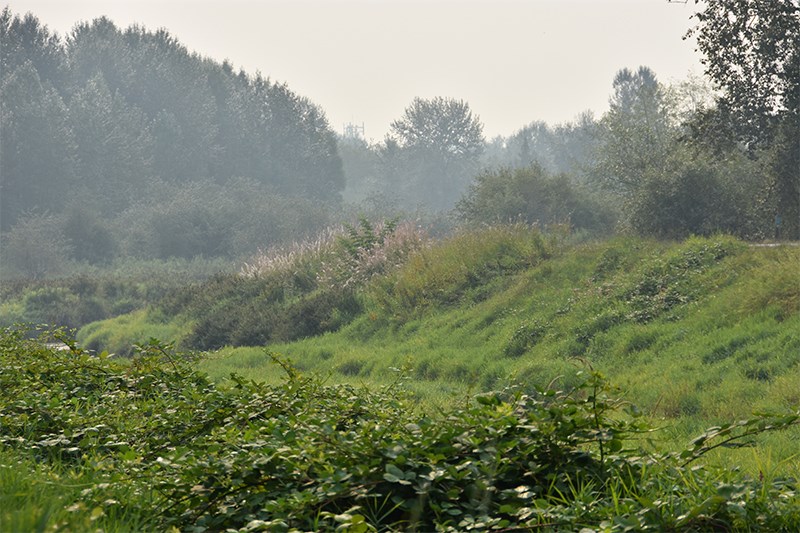It’s well known that being close to nature reduces stress and improves mental health.
But as our neighbourhoods increasingly densify, maybe it’s time for a new approach other than the time-honored park plan that takes years and a lot of money to implement.
What if vacant lots, school grounds, bus stops could be turned into mini parks?
What if neighbourhoods could be convinced to green their boulevards and create naturescapes with abundant year-round trees and shrubs?
It wouldn’t take much — a few small grants and support in kind from cities, developers, foundations and other groups.Port Coquitlam has already explored this idea with the pocket park it created at a downtown site that was empty because of a recent fire. Coquitlam’s partnership with the Austin Heights BIA similarly turned planters into productive community gardens with the Coquitlam Munch.
More of these ideas need to be implemented in ways that encourage people of all ages to take interest in and ownership of these green spaces.
With just a small amount of cash and some know-how from a horticulturalist, a small area could be turned into a lush oasis, softening the streetscape in areas such as Burquitlam, which is quickly transforming to a dense condo city.
Sure, some planters and low grasses are nice to look at and break up the concrete, but not to the same degree as a shade tree, for example, or a flowering shrub.
Recently, a group of doctors working out of the University of Pennsylvania found that “greened” vacant lots improved mental health. They created a trial of 350 people and 500 lots, which were broken up into three groups, lots that were left alone, lots where litter was removed and lots where grass, trees and a fence were added.
It's no surprise that the study participants who walked by the greened areas felt a 40% reduction in depression and a 50% reduction in feeling worthless.
At the very least, cities should take a close look at bus stops and see if there are ways besides a shelter to make them more pleasing. School grounds are often vacant lots with depressing gravel that make a grey day even greyer.
We should do what we can to make nature a part of our everyday lives.



